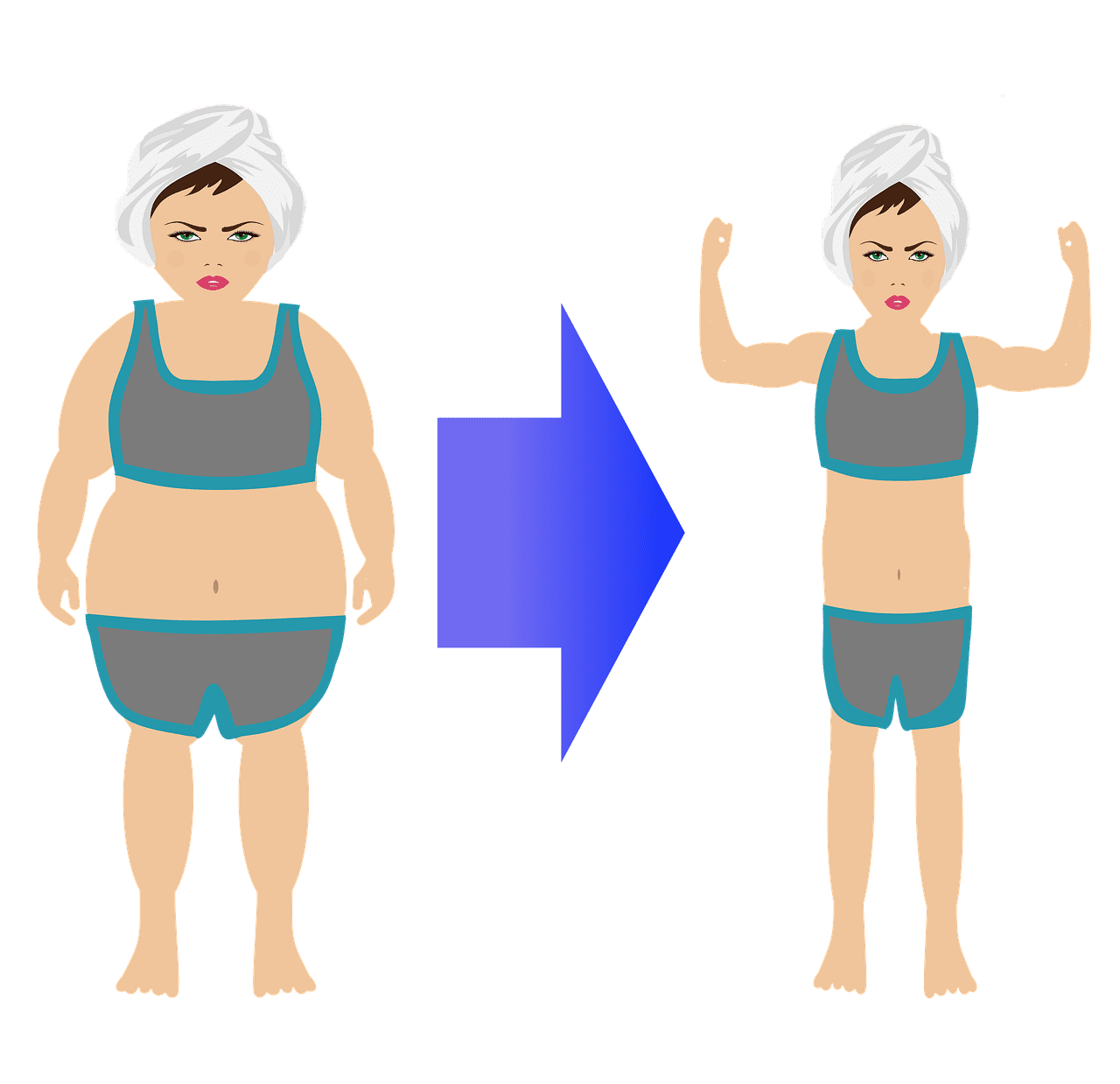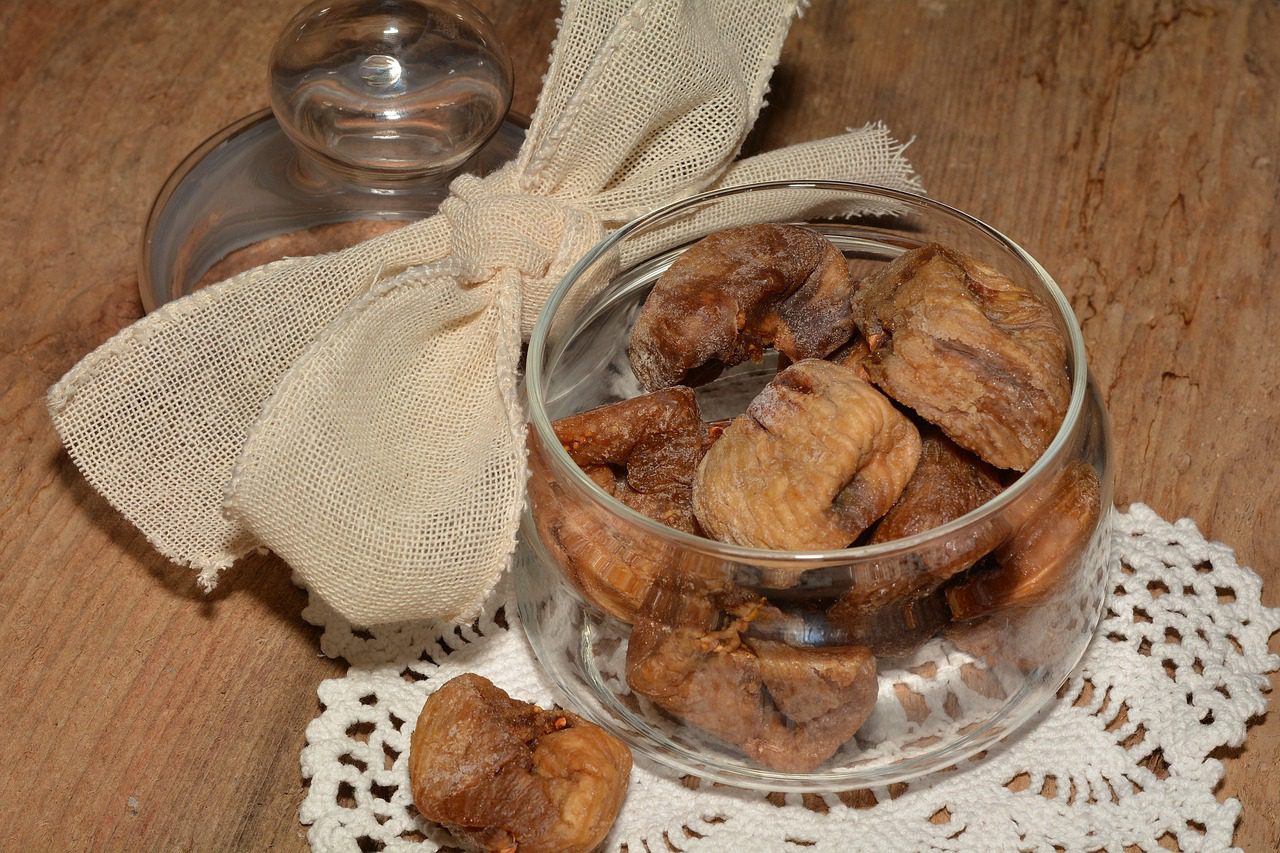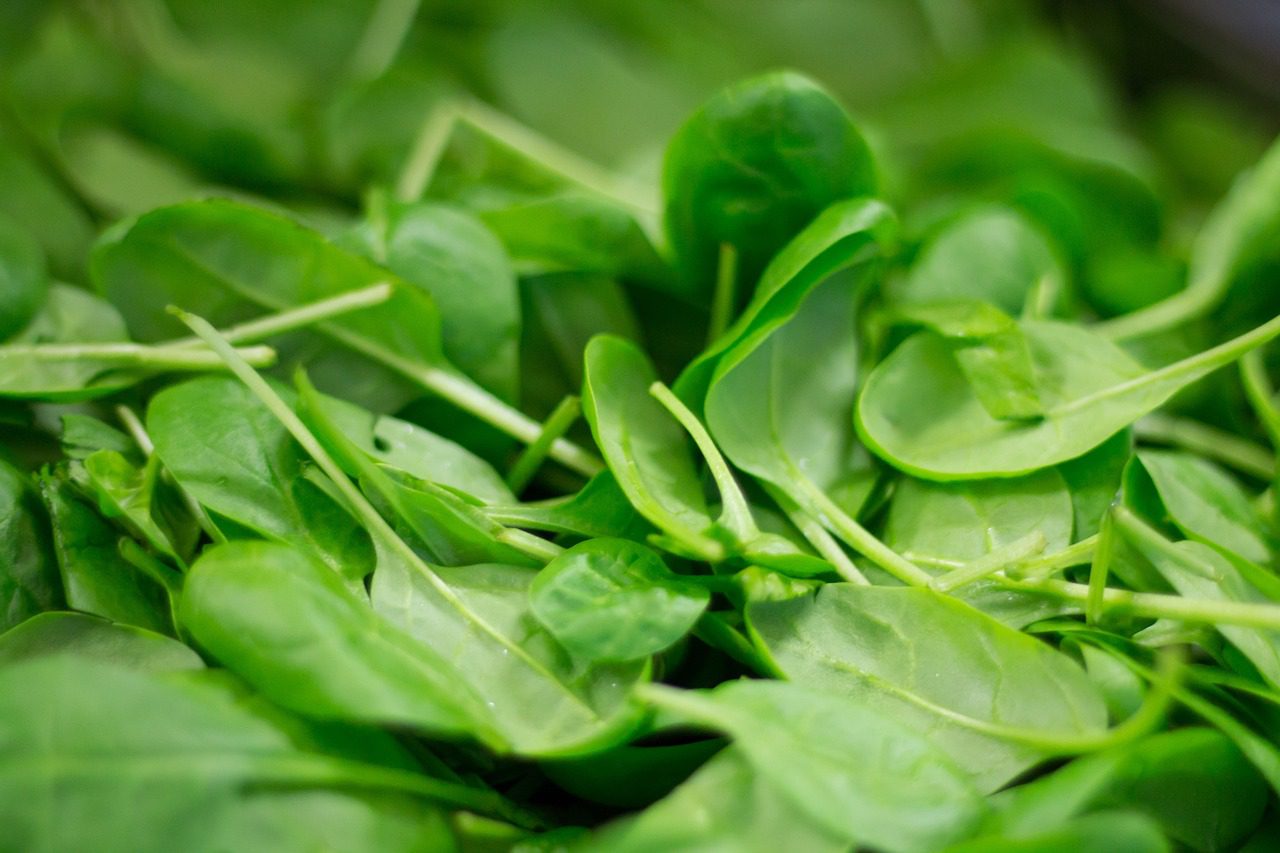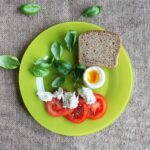Ending on travel to reduce body fat often increases concerns about muscle losses. Fortunately, with a strategic approach, it’s possible to reduce excess fat while preserving precious muscles. Here’s a guide to help you get lean how to lose body fat without losing muscle.
- Prioritize Protein
- Strength Training
- Caloric Deficit with Caution
- Optimize Cardio
- Prioritize Post-Workout Nutrition
- Meal Timing and Frequency
- Stay Hydrated
- Get Enough Sleep
- Consider BCAAs and Supplements
- Focus on Whole Foods
- Patience and Consistency
1. Prioritize Protein
When the goal of reduce body fat without despising muscles, the role of protein in your diet falls to the centre level. Prioritising protein consumption becomes the necessary strategy for achieve balance between fat loss & muscles protection.
1. Promote muscle protection:
Protein acts as building blocks for muscle. During the calorie deficiency aimed at burning body fat, adequate protein intake becomes important to assist in helping muscle maintenance and reduce muscle breakdown.
2. Protein and muscle protein synthesis:
Adequate protein intake stimulates muscle protein synthesis, which is an important process for building muscles & repairing muscle tissues. It’s important in stopping muscle breakdown which is often with weight loss efforts.
3. Lean sources of protein:
Include various types of lean protein sources in your food. Select foods like chicken breast, turkey, fish, beef, eggs, dairy, beans & quinoa. These provide amino acids needed for the protection of muscle.
4. Protein time and delivery:
Spread your protein intake throughout the day. Goal to include a source of protein in each meal and breakfast. This approach ensures the constant supply of amino acids, assisting muscle repair & maintenance all day.
5. Food after resistance training:
Consume protein-containing food or supplement diet after resistance training. It helps to roast the body’s increasing sensitivity to protein, promoting muscle repair and growth after exercise.
6. Protein and satiety:
Protein-contained foods can boost emotions of satiety and satiety, which can help control appetite and manage overall calorie intake, facilitate fat loss without compromising muscle.
7. Consider protein supplements:
Supplement your diet with proteins shake or bar, if necessary. These can be convenient options to meet your daily protein needs, especially when on travel or struggling to reach the desired intake through foods.
8. Monitor and adjust:
Regularly assess your protein intake and adjust as required based on your personal needs, activity level and progress. Increasing protein intake gradually within a medium range can benefit without putting additional pressure on other diet components.
9. Hydration matters:
Ensure adequate hydration when increasing your protein intake. Water supports various physical functions including muscle repair & metabolism, helps your travel to lose body fat and muscle protection.
Increasing your protein intake while working towards fat loss goals plays an important role in protecting your hard-earned muscle. It’s balanced approach that integrates protein intake, exercise & overall nutrition that gives the most favourable results in a change in body structure.
2. Strength Training
When the goal of reducing body fat is set to protect muscles, strength training comes out as a powerful tool. This method allows you to create a lean physique while protecting your hard-earned muscles. Let’s see how power training in this trans-formative journey could be your partner.
1. Hanging resistance exercise:
Power training includes resistance exercises that challenge your muscles and promote growth. Stay engaged in mixed activities like Squats, Deadlifts, Bench Press and Row. These exercises recruit many muscle groups, stimulate muscle growth and increase calorie burns.
2. Note the progressive overload:
To maintain muscle during body fat lose, gradually increase the demands put on your muscles. Progressive overload includes constantly challenge your muscles by increasing the weight, repeat or set. This indicates your body to adapt and preserve muscle despite calorie deficiency.
3. Maintain intensity with less repetition and over weight:
While high representative categories have their own location, during fat loss stages, prioritise lower representative categories with heavy weight. This approach emphasises the maintenance of strength and indicates the importance of muscle protection to your body.
4.Prior full-body workout:
Include the entire body’s exercise into your daily routine. Targeting different muscle groups in every session of workout and ensures balanced growth & muscle imbalance can be prevented. It maximises calorie expenses by incorporating large muscle groups together.
5. Relaxation and recovery:
Give enough rest between workouts to promote muscle repair & growth. Recovery is important for the protection of muscle during lose body fat stages. Consider incorporating active recovery days with light activities like yoga or walking to aid the overall health benefits.
6. Mix the Strength Training with Cardio:
While strength training is central, fat burning can be customised by combining it with cardiovascular exercises. Select an option of HIIT session or medium intensity cardio for supplement of strength training. This combination maximises calorie expenses without damage to muscle.
7. Give your body enough fuel:
Make sure your nutrition supports your training efforts. Consume enough protein for help in muscle repair & development. Choose the option of nutrients-rich foods to promote workout and help recovery.
8. Monitor the progress and adjustment:
Assess changes in body structure instead of focusing only on scale. Adjust your training intensity or nutrition as needed to maintain a balance between body fat lose & muscles protection.
9. The company key is:
Continuity is important in your training order. Stay committed to regular power training sessions and maintain a progressive approach to ensure constant muscle stimulation.
Strength training serves as the foundation stone in your journey of losing fat in the body without despising muscle mass. By adopting a strategic and progressive approach to resistance exercises, you can make a lean physique while preserving your muscle strength and definition.
3. Caloric Deficit with Caution
Trying for fat loss while protecting precious muscle mass is a delicate balance that depends on managing calorie deficiency with accuracy. Here’s a guide on completing a calorie deficiency with caution, making sure you can reduce body fat without compromising your hard earned muscles.
Understanding the Calories Lack:
Calories deficiency is when you consume less than the calories you’re burned by your body. This reduction induces the body to use stored energy (fat in the body) for fuel, leading for weight loss. However, it is necessary to strategically deal with this reduction to reduce muscle loss.
Calculate your basal metabolic rate (BMR):
Start by determining your basal metabolic rate, how much calories your body needs at rest. Use it as the base line to calculate medium calorie losses, usually down about 500-700 calories from your maintenance level.
Priorate protein intake:
Protein is paramount to preserve muscle during calorie deficiency. Goal to consume 1.6-2.2 grams of protein per kilogram of body weight. Lean sources like chicken, fish, tofu and beans provide the necessary amino acids for muscle maintenance.
Monitor and adjust:
Assess your progress regularly and adjust as needed. If you see stability in excessive muscle loss or fat loss, reevaluate your calorie intake, protein consumption, and exercise routine. Small adjustments can bring significant differences.
Hydration and Recovery:
Stay adequately hydrated as it’s important for various physical functions, including muscle function. Prefer sufficient sleep and relaxation to aid in recovery, which will help your body repair and maintain muscle tissues.
Consult professionals:
Consult a nutritionist or fitness professional when suspected. They can provide tailored advice and guidance to meet your goals and calorie deficiency in line with the body’s structure.
A conscious approach is required to maintain a delicate balance between calorie deficiency for fat loss and muscle protection. With a combination of medium reduction, adequate protein intake, strength training and carefully monitoring, you can get a lean physique while protecting your hard-earned muscle.
4. Optimize Cardio
In the desire of lean physique, the balance is important between reducing body fat and preserving hard-earned muscles. Customizing cardio workout is a strategic approach that empowers individuals to achieve their lose body fat without losing muscle goals while protecting valuable muscle tissues.
Customized Cardio Strategies:
Effective cardio routine prepared for body fat lose without loss of muscle includes a delicate balance. Adopts high intensity interval training (HIIT) as the centre point of your cardio diet. HIIT sessions combine high intensity exercises with a short recovery period, increase calorie burns and metabolic, saving muscle tissues.
Strategic Time and Type:
Cardio exercise time and type play a key role in this effort. Include HIIT workout 2-3 times a week to maintain heart health without the risk of excessive muscle breakdown, supplement them with stable-steady cardio sessions.
Muscle Protection:
The beauty of customized cardio lies in the ability to encourage fat loss while preserving lean muscles. When executed correctly, these cardio sessions increase metabolism, promoting the body to enter fat stores for energy, protecting muscle protein synthesis.
Fueling the body:
Nutrition serves as an important component in supporting cardio customisation. Adequate protein intake is necessary to promote body fat burning as well as maintain muscle. Try for a balanced diet that includes lean protein, healthy fat and complex carbohydrates to promote workout and help recovery.
Mindful Recovery:
It is paramount to balancing the cardio with adequate comfort and recovery. Prioritise sleep, hydration and active recovery methods so that it can allow muscles to be healthy and adapt to cardio workout demands, thereby promoting muscle retention.
5. Prioritize Post-Workout Nutrition
When you try to reduce body fat while protecting your hard-earned muscle, the post-workout nutrition becomes an important aspect of your fitness journey. It’s not just about practice; it’s about what you eat after those intense sweat sessions.
Promote your recovery:
The post-workout nutrition isn’t just about satisfying the appetite; it is about kick-starting your body’s recovery process. After an intensive workout, your body muscles want to replenish and repair, making this period of time important to maximise your efforts.
Protein Powerhouse:
One of the effective post-workout nutrition’s primary components is protein. Your muscles need this necessary nutrient to repair and strengthen. Select high quality protein sources such as lean meats, eggs, dairy, or plant-based options to aid muscles recovery & muscles maintenance.
Carbohydrate for energy restoration:
Carbohydrates play a significant role in completing the lack of muscle glycogen reserves during exercise. Selection of complicated carbohydrates like whole grains, fruit or vegetables helps to restore energy levels while supporting muscle recovery without compromising body fat lose.
Avoid excessive calories:
While it’s important to fill up fuel after workout, take care of the part’s size and total calorie intake. Extra-calorie intake after workout can hinder your body fat lose without losing muscle goals. Focus on balanced food that provides the necessary nutrients without increasing your calorie requirements.
Adjust for your goals:
Personal needs can vary depending on fitness goals, workout intensity and personal priorities. Make your post-workout nutrition conform to your body’s requirements and your training diet demands.
6. Meal Timing and Frequency
Food time and frequency play a significant role in achieving a delicate balance between reducing body fat while protecting muscles. Preparing an effective meal program can be game-changer in your fitness journey, making sure you can get your desired physique without deserting muscle integrity.
Strategic food time:
The strategic time-point of your food all day can affect metabolism, energy levels and muscle maintenance. Consider splitting your daily food intake into small, similar food. This approach ensures the constant supply of nutrients, especially protein, helps in preserving muscle and prevents excessive appetite.
Giving energy to the muscles:
Prioritate protein-containing food during your workout. The intake of balanced food containing protein & carbohydrate before and after your exercise session helps in recovery & development of muscle. This strategy adapts the use of nutrients, boosts your body’s ability to maintain lean muscles while promoting lose body fat without losing muscles.
Balanced nutrient distribution:
It’s important to maintain a balance between macro-nutrients in your food. Each meal includes lean protein sources, healthy fat, complex carbohydrates and various types of vitamins & minerals. This approach provides constant energy, supports muscle function, and helps fat metabolism.
Listen to your body:
Be careful of appetite signs, energy levels and workout performance. Adjust your food time and frequency based on how your body reacts, ensuring you provide the necessary fuel for both body fat lose and muscle protection.
7. Stay Hydrated
In a journey of gaining lean physique while preserving valuable muscles, the importance of hydration can’t be underscored. It is not just about drinking water; it’s about opening the fundamental aspect of successful physical structure change.
Hydrogen-Muscle-Fat Equation:
Hydration serves as a silent hero in your search of reducing body fat without saying goodbye to hard-earned muscles. Proper hydration level customises metabolic processes, thereby ensuring efficient nutrient transport and waste expulsion. This, in turn, helps to preserve muscle tissues, which is the basis of your strength & size.
Muscle Protection Mechanism:
Adequate hydration facilitates muscle protein synthesis, which is an important process for repairing and rebuilding muscle after workout. It protects against muscle breakdown, allowing you to maintain strength and definition, targeting body fat lose.
Metabolic boosts and fat oxidation:
Staying hydrated improves your metabolism, which helps efficient fat oxidation. Hydration thermogenesis supports the body’s ability to generate heat, which contributes to an increase in calorie burns during workout and during rest.
Increase and recovery of performance:
Optimum hydration level promotes exercise performance by maintaining electrolyte balance and preventing fatigue. Hydration also accelerates post-exercise recovery, reduces the risk of muscle pain and constantly enhances your ability to join challenging workouts.
Your journey of change begins with hydration:
Get out of your trans-formative journey by making hydration your associate. Increase your body’s unwanted fat while protecting your strength and size. It’s not just a case of drinking water; it’s about nourishing your body’s ability to flourish.
8. Get Enough Sleep
Getting a balanced body involves much more than just diet & exercise; it’s also deeply connected to your sleep quality and sleep duration. Making the right balance between adequate sleep and fitness goals can be a game-changer in your journey of reducing body fat without losing muscles.
Quality Sleep: The Unsangled Hero:
Quality sleep doesn’t mean just relaxing; it is important component for optimal health & fitness. During sleep, your body begins several physical processes, including muscle repair, hormone regulation and fat metabolism.
Protection and development of muscle:
Adequate sleep contributes to the protection & development of muscle. During sleep, the body releases growth hormone, which helps in recovery from muscle repair and workout. This process is important to prevent muscle breakdown as well as the goal of reducing body fat without losing muscles.
Reduction of Stress:
Adequate sleep helps reduce stress by controlling cortisol levels. High cortisol levels can cause a barrier to muscle breakdown and fat loss efforts. Quality sleep helps manage stress, which promotes the healthy structure of the body.
Customizing your fitness goals:
Connecting a well-structured fitness routine makes a potent palace with enough sleep. When your body gets well relaxed, the workout becomes more effective, improving fat loss and improving muscle recovery.
Competition and Endurance:
Continuity is important in both sleep patterns and fitness efforts. Remember, achieving body composition goals is a gradual process that requires patience and dedication.
9. Consider BCAAs and Supplements
When getting out on the journey of lose body fat while preserving hard-earned muscles, the role of BCAA (Branch-Chain Amino Acid) and the supplement becomes important. These types of supplements play a key role in supporting your fitness goals while protecting muscles.
BCAA for the protection of muscle:
BCAA including leucine, isolucine & valine are essential amino acids that can’t be produced by the body. They play a key role in potentially preventing muscle protein synthesis, assisting muscle recovery and potentially preventing muscles during the period of calorie restriction or intensive workout.
Increase muscle recovery:
BCAA supplement can help in reduce muscle pain and speed up the recovery process after the exercise. It allows more efficient workouts and making sure your muscles are maintained when you focus on losing body’s fat.
Assistant in exercise performance:
BCAA has been shown to help maintain stamina & energy levels during the workout, especially when there’s training in the fasting conditions. This support in maintaining exercise performance can contribute to preserving muscle during calorie deficiency.
Supplemental ideas:
In addition to BCAA, some supplements like omega-3 fatty acids can help reduce inflammation and support overall health during body fat lose trip. Their potential benefits encompass heart health and immune support by moving beyond the protection of muscle.
Consulting and Personalization:
Like any supplementation, personal reactions can vary. Consulting a healthcare professional or fitness expert can help personalise your supplementary diet depending on your specific needs, goals, and overall health condition.
10. Focus on Whole Foods
In search of lose body fat without losing muscle, nutrition’s role can’t be undersed. The key is contained in adopting whole foods that not only support in body fat lose but also protect your muscles. By focusing on foods rich in the whole, nutrients, you can get lean physique without compromising your strength.
Nutritional strength of whole foods:
The whole foods, at its unprocessed and natural state, are a treasures of essential nutrients. Poor with vitamins, minerals, antioxidants and macro-nutrients, they fuel your body optimally, while promoting body fat lose and muscle protection.
Lean Protein Source:
It’s important to include lean protein sources like chicken breast, fish, tofu, greek yogurt, beans and eggs in your diet. Protein is the building section of muscle and helps repair, develop & retention of muscle during calorie deficiency.
Complex carbohydrates for energy:
Complex carbs obtained from sources like Quinoa, Shakarakand & Brown Rice provide constant energy levels. They are help to support workout, preserve muscles glycogen & prevent muscle breakdown.
Healthy Fat for vitality:
Don’t stay away from healthy fat found in avocado, nuts, seeds & olive oil. These fat nutrients help in absorption, hormone regulation, and provide satiety effects, which is important for a balanced diet during lose body fat.
Fiber-contained fruits and vegetables:
Colorful fruits and vegetables supply the necessary fiber, vitamins & antioxidants. They assist in digestion, promote satiety, and provide important micro nutrients that support overall health & wellness.
Processed Options vs Whole Foods:
Choosing whole foods than processed foods ensures higher nutrient density, lower additional sugars & artificial additives. It promotes a healthy diet that supports your fitness goals while reducing the risk of nutrient deficiency.
11. Patience and Consistency
Getting on the journey of reducing body fat while maintaining muscles is a proof of strength of patience & continuity. It’s a harmonious balance between getting lean physique and the safety of muscles. This approach advocates long-term success instead of emphasising the importance of dedication and firmness, prompt solution.
Patience:
Patience is the foundation stone of this effort… the change you want isn’t overnight; it’s a gradual, stable progress. Adopt this process, understanding that permanent changes take time. Patience allows your body to pedestrian with new habits and give positive feedback to successive improvements.
Consistency:
Continuation acts as motivational power behind your goals. Be committed to your workout routine, nutrition plan & lifestyle changes. Constant attempt at the gym, adhering a balanced diet & firm mindset paves the way of constant progress. It’s a daily dedication and unbreakable commitment that gives solid results over time.
Balanced Approach:
Finding a calorie deficiency for body fat lose and a balanced approach between muscle protection. Prioritate protein-containing diet to help muscle maintenance maintaining medium calorie losses. Mix strength training and cardiovascular exercises, take advantage of their combined benefits to burn fat without compromising muscle integrity.
Conclusion on how to lose body fat without lose muscle:
By combining balanced diet, strategic training and carefully adjustment, you can start a trans-formative journey towards for reducing body fat while protecting your muscles, making you lean & stronger.
Remember, the key of body fat lose without muscle loss lies in a balanced approach. Priorit nutrition, attach to strength training & be conscious of your body’s signs. By combining these elements, you can get a lean physique while protecting your muscles.
FAQ: How to lose body fat without losing muscles
Q: Is it possible to reduce body fat without losing muscle?
Answer: Yes, this is possible through a strategic approach that includes a balanced diet, targeted exercise & proper nutrition to encourage fat loss while preserving muscles.
Q: What role does protein play in reducing body fat while maintaining muscle?
Answer: Protein is important for the protection of muscle during body fat lose. Adequate protein intake supports muscle protein synthesis, which helps prevent muscle breakdown during calorie deficiency.
Q: How can I maintain muscle during calorie deficiency for fat loss?
Answer: It is important to attach resistance or strength training exercises. This indicates the body to prioritize muscle maintenance while burning fat. The combination of strength training with medium calorie deficiency helps to preserve muscle mass.
Q: What is the importance of a balanced diet in this process?
Answer: The balanced diet ensures you get enough nutrients even when you lack calorie. Pay attention to energy levels and protein-containing foods, healthy fat and complex carbohydrates for the conservation of muscle.
Q: Can cardio workout affect muscle loss during the efforts of fat loss?
Answer: Cardiovascular exercises, especially in excessive amounts without adequate nutrition, can potentially contribute to muscle loss. However, a balanced mixture of cardio, such as HIIT and stable-stage cardio, can help fat loss while reducing muscle loss.
Q: Should I adjust my exercise routine while aiming at reducing fat and maintaining muscle?
Answer: Yes, it’s important to include power training sessions. Priorit compound activities that involve multiple muscle groups to lose fat as well as preserve muscle and even create.
Q: Are there any supplements that can help in this process?
Answer: Branch-chain amino acid (BCAA) can be beneficial for muscle protection, especially during a calorie restriction or intensive workout period. Omega-3 fatty acids can also help in the preservation of muscle.
Q: What symptoms during a fat loss diet indicate excessive muscle loss?
Answer: Supply strength reduction, muscle waste appearance, or despite controlled diet & exercise routine, muscle rapid reduction can indicate excessive muscle loss.
Q: How do I know if my fat loss attempts are working without abandoning muscle?
Answer: Monitor progress through various metrics: body structure measurement, strength level & visual change. If you see excessive muscle loss then adjust your approach.
Q: What is the principle of reducing body fat without losing muscle?
Answer: It can be achieved through a balanced approach including proper nutrition, strength training, medium calorie deficiency and monitoring progress. By combining these elements, you can effectively lose body fat without losing muscle.
You can also read:
Diet Plan For Weight Gain in 7 Days
Best Language For Android Development in 2024
What is Physical Science: Study of Matter and Energy










Leave a Reply